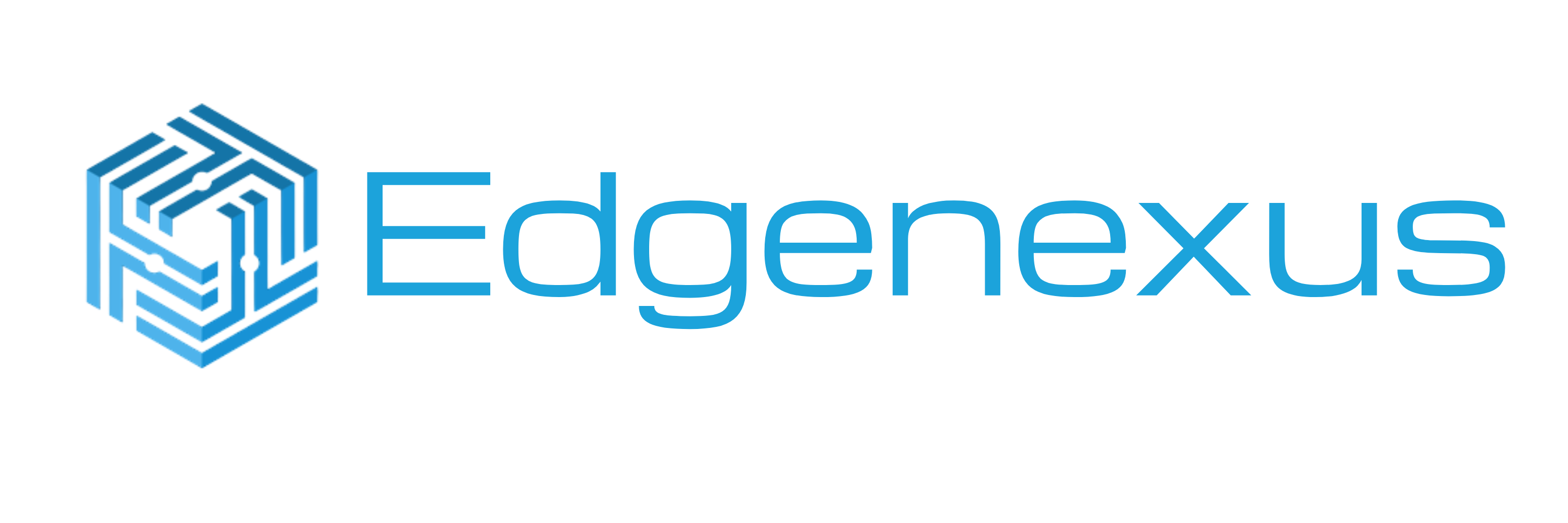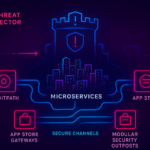If your enterprise still relies on traditional hardware load balancers, you might be operating with a significant competitive disadvantage. While these physical appliances have served IT teams well for decades, the rapidly evolving digital space demands more flexible, scalable, and cost-effective solutions for server load balancing.
The Hidden Costs of Hardware Load Balancers
Hardware load balancers come with significant baggage that many IT teams have simply learned to accept:
Expensive to Scale: Traditional hardware appliances often require substantial upfront capital investment. When traffic increases or your application infrastructure grows, scaling means purchasing additional physical units, a process that’s both costly and time-consuming.
Rigid Architecture: Hardware load balancers were designed for static environments, not today’s dynamic workloads. They struggle to adapt to cloud and hybrid deployments, containerised applications, and microservices architectures that now form the backbone of modern applications.
Maintenance Overhead: Physical appliances require physical maintenance. That means dedicated rack space, power, cooling, and specialized IT personnel to manage and maintain them. These overhead costs add up significantly over time.
Slow Innovation Cycles: Hardware vendors typically release new features and security updates on lengthy development cycles. In a world where threats evolve daily, this can leave your applications vulnerable to emerging attack vectors.
The Software-Defined Alternative
Modern software load balancers address these limitations by providing flexibility and scalability that hardware simply cannot match:
Deploy Anywhere: Software load balancers can be deployed across any environment, on-premises, in public or private clouds, or in hybrid architectures. This deployment flexibility ensures consistent application delivery regardless of where your workloads reside.
Dynamic Scaling: Software solutions can instantly scale up or down based on traffic patterns without purchasing additional hardware. This ensures optimal performance during traffic spikes while minimizing costs during quieter periods.
DevOps Integration: Unlike their hardware counterparts, software load balancers can be fully integrated into your CI/CD pipeline and infrastructure-as-code workflows. This integration enables automated deployment, testing, and configuration, accelerating application delivery.
Continuous Innovation: Software-based solutions benefit from rapid release cycles, ensuring you always have access to the latest security features and performance improvements without waiting for hardware refresh cycles.
Beyond Load Balancing: Application Delivery Platforms
Modern software solutions like edgeNEXUS don’t just balance traffic, they provide comprehensive application delivery services:
Advanced Traffic Management: Software load balancers offer sophisticated traffic steering capabilities through technologies like flightPATH, which enables complex traffic routing based on application-specific conditions.
Security Integration: Modern solutions include integrated security features such as web application firewalls (WAF), SSL/TLS offloading, and DDoS protection, eliminating the need for separate security appliances.
Real-time Analytics: Software platforms provide deeper visibility into application performance, user experience, and security events, enabling IT teams to identify and resolve issues before they impact users.
API-first Architecture: Unlike most hardware appliances, software load balancers typically feature robust APIs that allow for programmatic control and integration with your existing management tools.
Real-World Success Stories
Organisations across various sectors have successfully transitioned from hardware to software load balancers:
A global financial services company reduced their application delivery costs by 62% after moving from traditional hardware load balancers to a software-defined solution, while simultaneously improving their security posture and deployment agility.
A healthcare provider with strict compliance requirements leveraged software load balancers to standardize application delivery across their hybrid cloud environment, reducing management complexity while maintaining HIPAA compliance.
A retail organization replaced their aging hardware load balancers with software alternatives, enabling them to handle seasonal traffic spikes without purchasing additional equipment, resulting in significant cost savings and improved customer experience.
Making the Transition: Practical Steps
Transitioning from hardware to software load balancers doesn’t have to be disruptive. Here’s a phased approach that has proven successful:
- Assessment: Evaluate your current load balancing requirements, including traffic patterns, application dependencies, and security needs.
- Pilot Program: Select a non-critical application or environment to deploy a software load balancer alongside your existing hardware solution.
- Gradual Migration: Progressively move applications to the software solution, starting with less complex workloads before tackling mission-critical applications.
- Skills Development: Invest in training for your IT team to ensure they can effectively manage and optimize the new solution.
- Optimization: Continuously refine your configuration to take advantage of the flexibility and advanced features offered by software solutions.
The Financial Case for Change
The economic advantages of software load balancers are compelling:
No Forklift Upgrades: Software solutions eliminate the costly hardware refresh cycles typically required every 3-5 years.
Pay-for-What-You-Use: Many software load balancers offer consumption-based pricing models, allowing you to align costs with actual usage rather than provisioning for peak capacity.
Reduced Operational Costs: Simplified management and automation capabilities reduce the time and specialized skills required to maintain your application delivery infrastructure.
Licensing Flexibility: Unlike hardware appliances that often charge per-server licensing fees, many software solutions offer more flexible licensing models that won’t penalize you for scaling your application infrastructure.
Is Your Organisation Ready?
Ask yourself these questions to determine if it’s time to reconsider your hardware load balancer strategy:
- Are your hardware load balancers approaching end-of-life or requiring a costly refresh?
- Is your team struggling to integrate your current load balancers with cloud resources?
- Do you need to improve application delivery agility to support DevOps initiatives?
- Are maintenance and licensing costs for your hardware appliances continually increasing?
- Does your security team need more advanced application protection capabilities?
If you answered yes to any of these questions, exploring software alternatives like edgeNEXUS could provide significant advantages for your organization.
Conclusion
Hardware load balancers served their purpose in an era of static application architectures, but today’s digital environment demands more agility, scalability, and integration capabilities than hardware can provide. By transitioning to software-defined application delivery, organizations can not only reduce costs but also gain the flexibility needed to support modern application architectures and deployment models.
The most successful organisations recognize that application delivery infrastructure should enhance agility, not constrain it. Software load balancers provide the foundation for this more responsive and adaptable approach enabling IT teams to focus on innovation rather than maintenance, and ultimately delivering better experiences for both internal and external users.
Don’t let outdated hardware load balancers hold your applications back. The future of application delivery is software-defined, and organizations that embrace this shift will gain significant competitive advantages in application performance, security, and operational efficiency.










